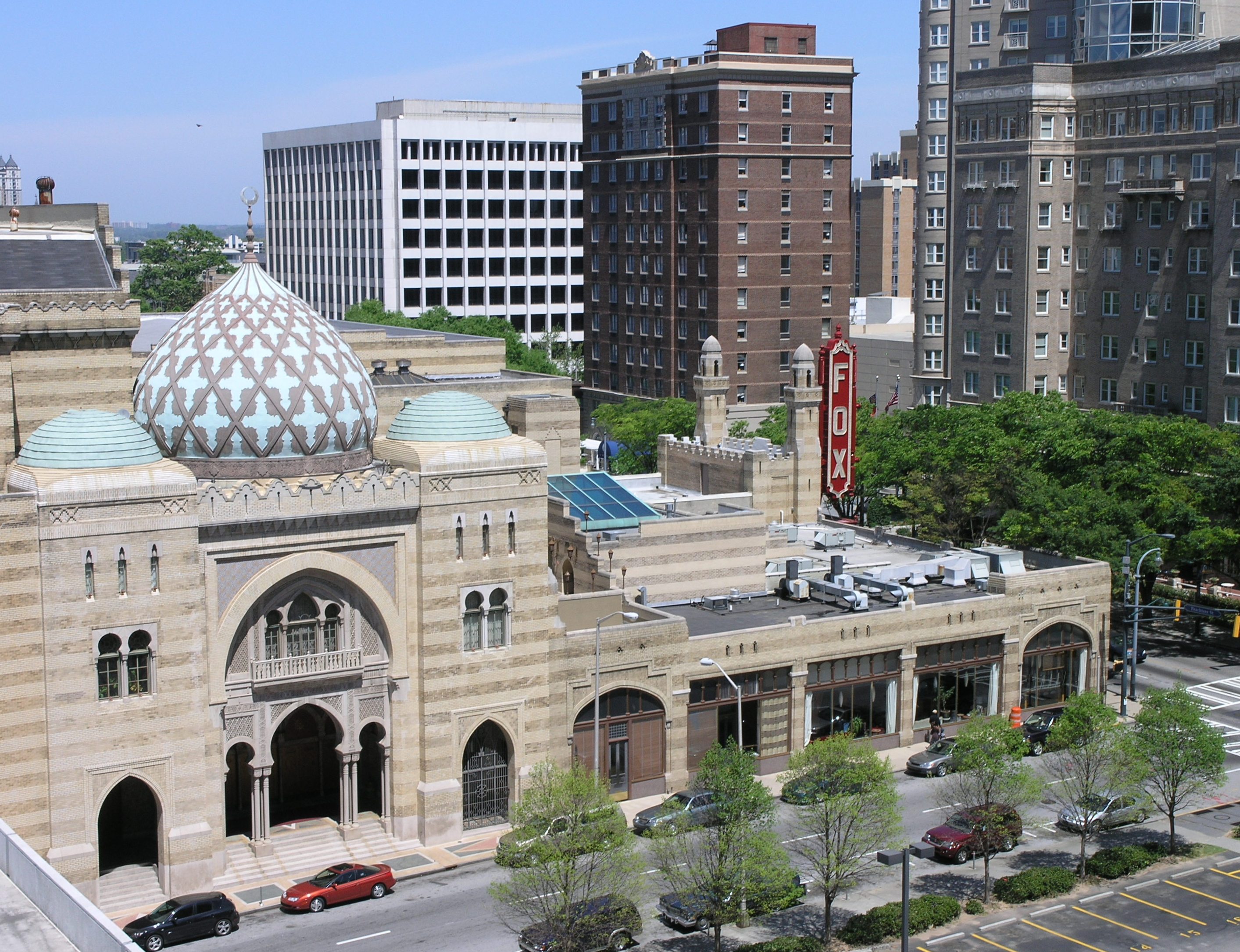
Yes, the tv show was great, with its clever take on the messy ambiguities of life. But it is the commoner, cheaper weeds I write of today, about which there is no ambiguity. Or so one would think. There is a school of thought out there (and by school of thought, I mean sloppy set of rationalizations and wishful thinking) that insists that a weed is just a misplaced plant, that we are in no position to pass judgment upon species, to create plant hierarchies. Even Emerson said something to this effect, though he was just being habitually provocative and surely knew better.
These same botanical idealogues would look with horror upon an apartment-dweller who refused to condemn as pests the rats and cockroaches infesting his kitchen, but apparently plants are different. I suspect the problem is that the weed egalitarians confuse the utilitarian virtues of some weeds (burdock is great in sushi, young dandelion leaves are highly nutritious) with the goals of gardening. Grow those weeds agriculturally if you must, or let them flower in a homeostatic meadow (late summer ironweed is one of the crowning glories of the Indiana landscape), but please don't tell me weeds belong in your yard. That's just laziness masquerading as virtue, like the slob who refuses to dress up for formal occasions because he's "just keeping it real."
Weeds are weeds, and they require weeding. Here's why.
What define a plant as a weed are several distinctive features. Not all weeds possess all of these, but for a weed to qualify as such it should have at least four. Those on the margin qualify in my book as sometime weeds, examples being virginia creeper, which is truly beautiful in the fall, and purslane, which is both attractive and full of heart-healthy fatty acids. These do not require attentive weeding, except when they do, as when virginia creeper pulls down entire weak limbs of trees, as happened here yesterday.
What makes a weed a weed?
1. they are not what you want in a given place. The simplest definition of gardening (or forest stewardship, for that matter, or agriculture) is the cultivation of certain plants to the exclusion of others.
2. they are opportunistic. Weeds invade disturbed areas (and all gardens and landscapes are disturbed areas) and quickly take hold.
3. they move fast. Most weeds germinate and reproduce quickly.
4. they are enthusiastic breeders. Most weeds produce great numbers of seeds, and those seeds generally remain viable in the ground for years, awaiting the right moment. This is not the case for, say, the rose, or the hibiscus.
5. they tend to outcompete the more delicate desirable plants of the garden. This can occur by smothering, crowding out, strangling, shading out, stealing nutrients and water, etc. etc....
6. they are ugly, or at least not as attractive as the plants we grow in their stead. And no, aesthetics are NOT all relative. Anyone who thinks a sumpweed is as beautiful as a lavender is either an idiot or so spiritually enlightened as to be useless in this world.
In short, weeds are invasive. Either native or alien, they somehow find their way into your garden and take over unless you take action. There is no equilibrium, no homeostasis, and this is what homeowners who think they're "going natural" fail to realize. The weeds will take over entirely because they are more vigorous than the desirables; the only thing that will displace weeds is the succession to weed trees: mulberry, ailanthus, black cherry. Again, okay for a wilderness, as eventually desirable trees will crowd out the weed trees, but that will take at least a lifetime, and in the meanwhile you're left with a hell of a mess, and, not incidentally, so are your neighbors.
So that's my take on weeds. It's a necessary category, as weeding is a necessary activity. Don't let anyone tell you otherwise.





